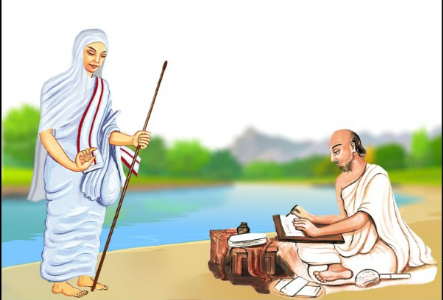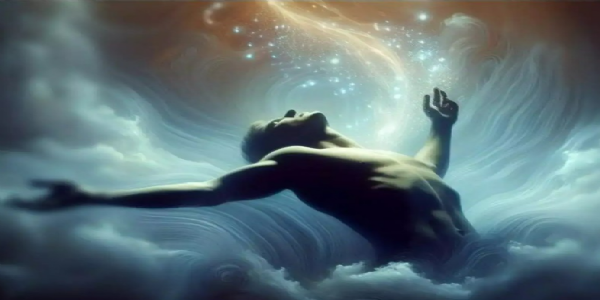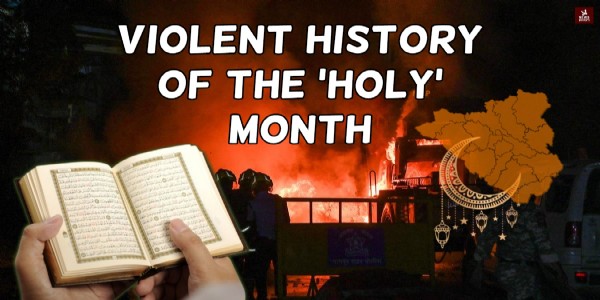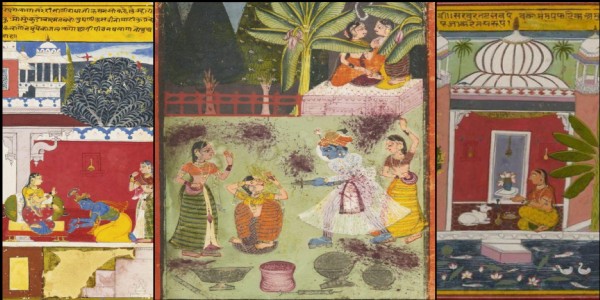'Not Tipu Sultan but the historic Vijayanagar empire'; K'taka all set for Republic Day Parade
Total Views | 486
New Delhi, Jan 15: The Karnataka state govt has planned to put light on the glory of medieval India's Vijayanagar Kingdom with its tableau during the Republic Day Parade at the Rajpath on Jan 26 in New Delhi. A team of artists and art directors is working in New Delhi giving final touches to the Karnataka state. The state’s tableau is set to feature all the attractions of Vijayanagar from its foundation to its zenith and not just limiting it to the stone chariot and musical pillars of the Vijaya Vittala temple.
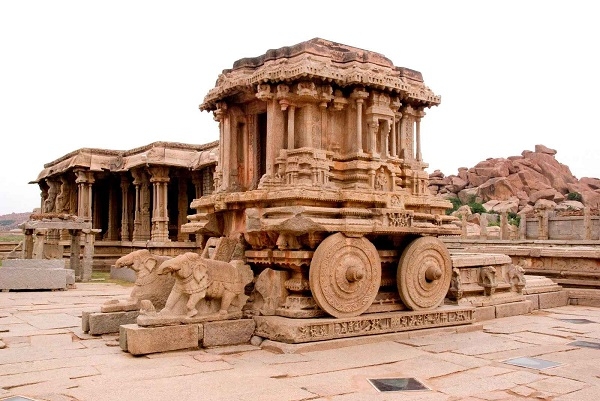
The state govt has notified that “A powerful empire from Karnataka in South India had ruled over almost all parts of the subcontinent and left behind a rich legacy in all fields lasting to this day. It is indeed the pride of Karnataka. We wanted to showcase this to the whole world which gathers in the national capital on Republic Day.” The tableau will feature the throne of Krishnadevaraya, Hampi's sculptures, the Narasimha and Vithoba temples and prominent pillars and sculptures.
In 2014, when the state was being run by a Congress led govt under the Chief Ministership of Siddaramaiah, the Republic Day Tableau of Karnataka had featured Tipu Sultan as its tableau for Republic Day. The 2014 Karnataka Tableau was severely criticized for the fact that the Mysore ruler has a legacy of being a ruler who had massacred Hindus and demolished temples during his reign.
The tableau is also planned to feature a scene involving Portuguese, Arabs and other overseas travelers presenting themselves before the royal court of Sri Krishnadevaraya, the powerful king of the empire. Praveen D Rao and team will be providing the musical background score for the tableau featuring the cultural richness of the state.
Vijayanagar, the 'City of Victory' from 14th Century CE, located on the banks of the Tungabhadra River, functioned as a barrier to the Muslim sultanates in the north, leading to the reconstruction of Hindu life, scholarship, multi-religious activity, rapid infrastructure improvements and economic activity. Wars between nearby Muslim Sultanates and Hindu Vijayanagara continued through the 16th century. In 1565, the Vijayanagara leader Aliya Rama Raya was captured and killed, and eventually the city fell to a coalition of Muslim Sultanates of the Deccan.

